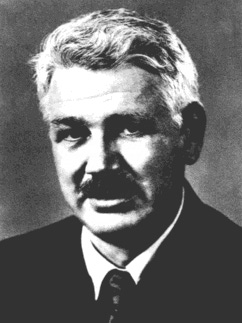Let us take a moment to discuss race in the modern sense (as opposed to its initial usage as a synonym for how we use "ethnic group" in this work). Traditionally, race (as we understand the modern term) played a very little role in human relations though that is not to say that it was "invisible."
Race is "real" in so much as the genetics of humans cluster around certain measurable similarities. Carleton S. Coon identified what we call the Twelve Races of Classical Anthropology which, despite being an old classification system, has corresponded well to our modern knowledge of genetics. Those Twelve Races are the following:
Sub-Saharan Africans
Northeast Asians
Europeans
South Asians
Southeast Asians
North Africans and Middle Easterners
Native Americans
Arctic Peoples
Pacific Islanders
Australian Aboriginals
Bushmen
Pygmies

Race (defined by these categories) is ultimately material and says little about the metaphysics of a people. It can reflect genetic history but this genetic shared ancestry is often too remote for ethnic groups to identify with other ethnic groups (The Romans and the Germanic peoples who cluster as "Europeans," for example, had a clear in-group and out-group distinction for one another, as do the Japanese and Chinese despite both clustering closely in the "Northeast Asian" category).
Race in this modern sense only began to be valued in different societies in the mid-19th century, a time that was heavily influenced by modernism, atheism, and materialism. As the West began to turn science into an idol, the material genetics of race began to hold a stronger importance in the Western mind. Racism of this kind and race nationalism emerged from these trends and are quite contrary to a metaphysical and classical cosmology.
This topic is quite complex and deserving of a deeper look than the scope of this work allows. As far as this work is concerned, we need only be interested in modern race insomuch as it can be a factor in assimilation and ethnogenesis as we talk about multiethnic individuals — It is generally easier for a migrant from one ethnic group to assimilate into another if the migrant shares a race with his host.


